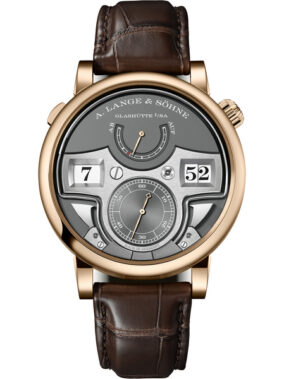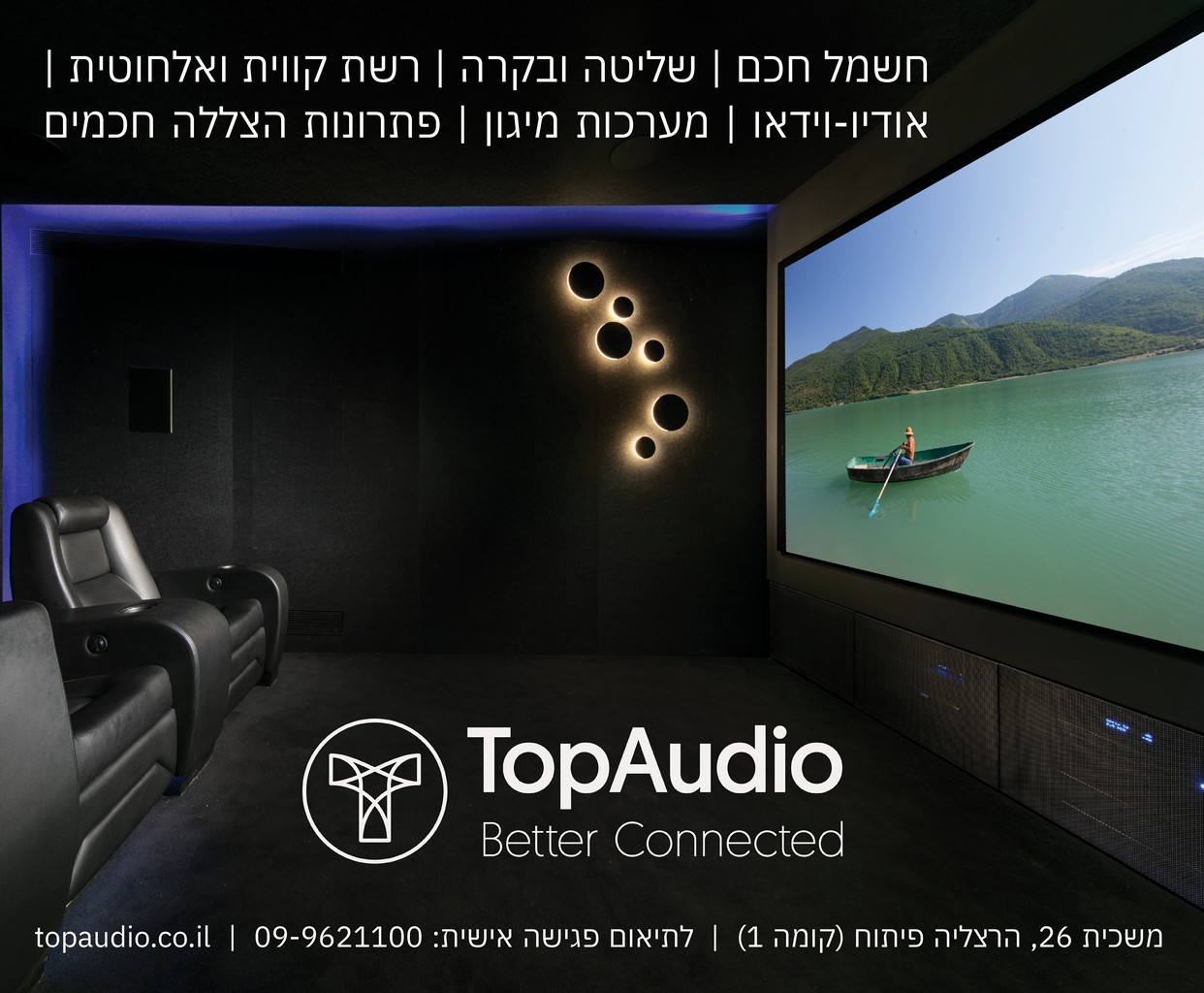Volocopter is a German startup that received the necessary financial support from two giants: initially, the German Daimler group (now part of the Mercedes-Benz AG conglomerate) invested around $90 million. In 2019, it also attracted investment from the Chinese company Geely Holdings, which owns, among other things, the Volvo brand. This investment, totaling about $55 million, is part of an ambitious initiative aimed at bringing urban mobility to the booming Chinese market. The initiative also includes a deal for the deployment of 150 air taxis of the future model in China.
This collaboration resulted in the development of VoloConnect, equipped with dual wings, a tilting mechanism, and a vertical landing and takeoff capability. The company conducted its first test flight a few months ago, after only about 17 months of production, and it is expected to complete its certification by 2026. The vehicle, designed for four passengers in addition to the pilot, will have a range of 60 miles (approximately 96 km) between charges and a top speed of 155 miles per hour (about 250 km/h). The emphasis in the design is on minimal noise, emission-free takeoff and landing, and relatively high speed, achieved through the combination of two electric rotors and wings.
The plan is to use VoloConnect for transporting business people and other travelers to city centers and additional routes within metropolitan and suburban areas known for their density. The goal is to begin commercial operations of this model in 2026.
It’s worth noting that VoloConnect is not the company’s only development in this field. It is preceded by VoloDrone, an electric drone designed for relatively heavy cargo transport, capable of covering distances of up to 40 km. In 2024, commercial operations are expected to begin for the VoloCity model, a scaled-down version of VoloConnect. While VoloCity is expected to serve as an air taxi in urban areas, VoloConnect, being larger, will likely focus on significantly longer journeys, both within cities and in suburban areas.
In conclusion, advanced aerial solutions for various purposes are becoming a reality.











